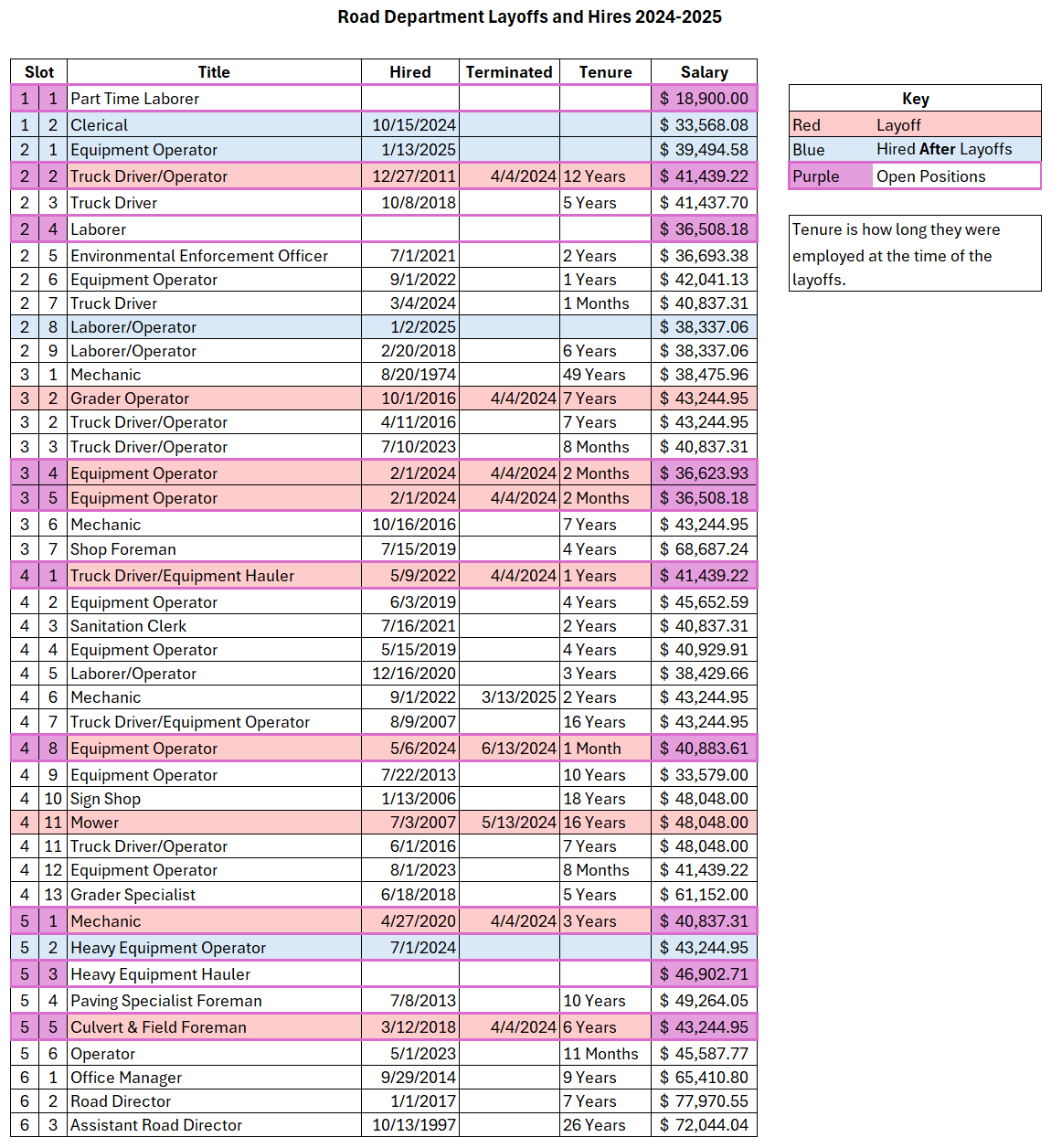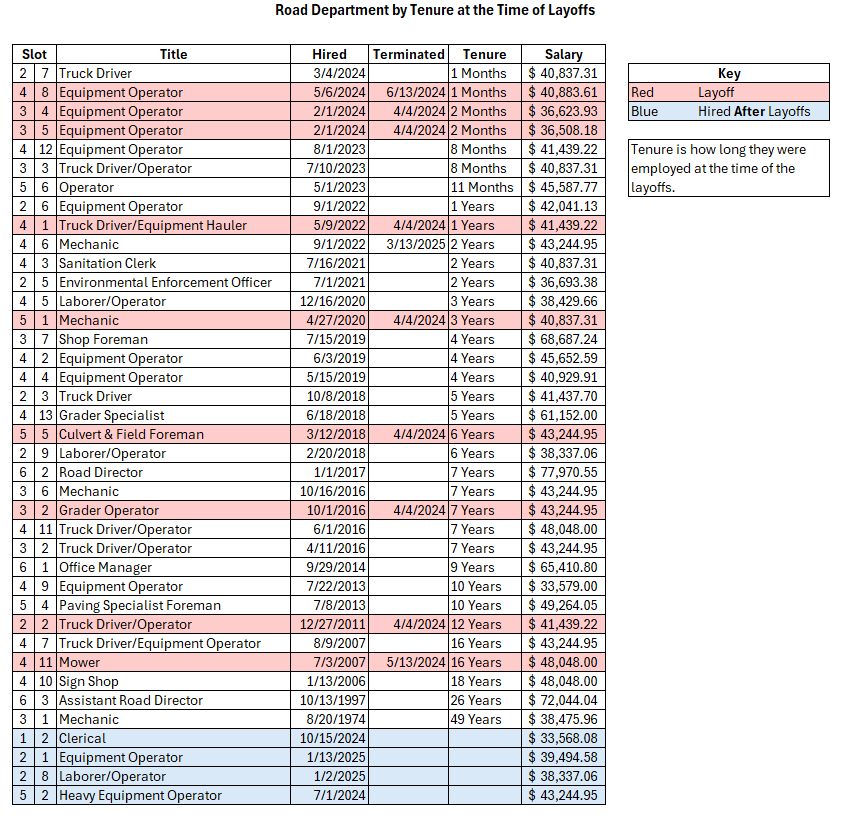
Let’s talk about the court order that County Judge Gerald Robinson keeps referencing – Judge Wright’s Court Order. You can read the full text of the order below, but here’s the part he loves to quote:
“4. The Court finds that Jefferson County Quorum Court failed to pass such ordinance not only at its January meeting but continued to violate the clear direction of Arkansas law in subsequent meetings. The evidence presented by testimony and video centered on a meeting held on June 26, 2023. At said meeting the Court heard and saw the utter chaos and discourse of the meeting which resulted in the failed attempt to pass such ordinance. In the meeting held on June 26, 2023, the justices of peace present failed to follow basic procedure by attempting to waive formal reading of a proposed ordinance for purposes of placing the ordinance on second and third reading, and thereby allowing for the vote of the ordinance at the June 26, 2023, meeting. At the time of the vote on the suspension of the rules there were only 7 members present in the body of Jefferson County Quorum Court. The Court finds Arkansas law is clear that to suspend the rules of formal reading of the ordinance requires a 2/3 majority vote of approval by the Quorum Court as a whole, which would have required 9 members present and voting. The Court finds that the procedural ordinance, Ordinance 2023-5 was not properly presented and was not properly approved or enacted.”
Let’s break that down into plain English:
- The Quorum Court didn’t pass a Rules of Procedure ordinance at its January meeting or at any meeting after that.
- A video of the June 26, 2023 meeting was shown to the court, where members claimed they had passed the ordinance.
- Only 7 of the 13 Justices of the Peace were present.
- Those present voted to suspend the rules to avoid reading the ordinance three separate times.
- Arkansas law requires 9 votes, 2/3 of the entire Quorum Court, to suspend the rules. Seven votes wasn’t enough.
- Because they didn’t follow the required procedure, the ordinance wasn’t properly approved.
In short: Jefferson County hasn’t had a valid Rules of Procedure ordinance in place for all of 2023, 2024, and part of 2025.
So, what do we do with that information? In my view, there are two options:
- Treat everything passed by the Quorum Court between January 1, 2023, and April 7, 2025, as invalid — every ordinance, every appropriation, voided like it never happened.
- Recognize the chaos that would create, move forward, and pass a new ordinance affirming the validity of actions taken during that time.
Here’s the irony: either everything from the past two years is valid, or none of it is. Judge Robinson loves to cite Section 4 of the order when he disagrees with the Quorum Court. But when he’s getting what he wants? Silence. If the order invalidates Quorum Court actions, then that includes the millions in appropriations made to his office. Yet he’s had no issue spending that “illegal” money; and he still asks for more every year, with nothing but excuses when the bills aren’t paid.
One last point: Judge Wright’s order doesn’t actually order anyone to do anything. It doesn’t explain how the county should proceed without rules. It just says the ordinance wasn’t passed properly. That’s it. No commentary on how this affects county operations going forward.
In closing, stop taking Judge Robinson at his word when he says everything the Quorum Court is doing is illegal. That’s not what the order says. Read it yourself, then call him on his nonsense.

